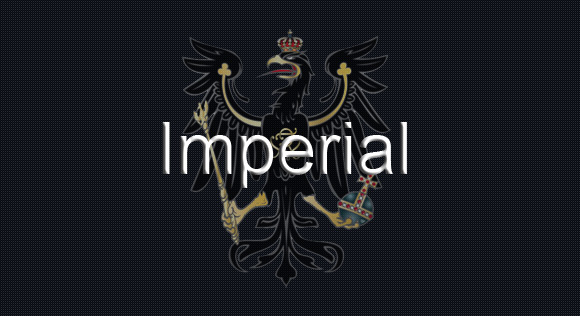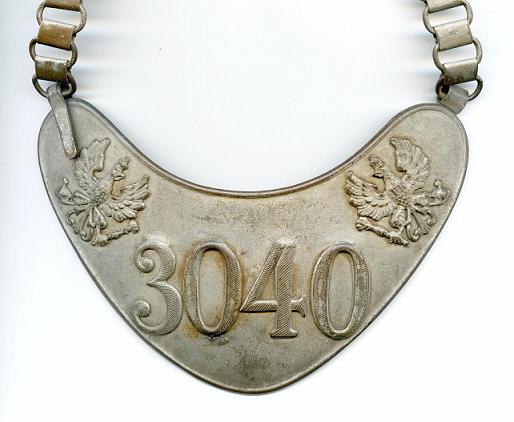

Kaiserliche Feldgendarmerie

The history of Germany's military police dates back for many hundreds of years, certainly to at least the 14th Century. A Royal edict of 1312 apparently also gave the then "Marshall" absolute legal power which made him a figure that generated more fear than all the devils and witches that seemed to be an obsession of these times.
The title
“Profos” ( Provost) entered German usage from France in the 16th
Century with a later document from the 17th Century describing the Provosts
tasks as punishing disobedient soldiers and dealing with “freebooters,
robbers, vagabonds and those who carried forbidden weapons” and what were
termed “lazy rogues”
The Provost became, in effect, judge jury and executioner in one, with his mounted
Knights as his “enforcers”.
Initially, it would be various Cavalry type units which would carry out military poilice type duties, but in the early 19th Century, Prussia created a distinct military police formation and in 1813 the “Gendarmerie im Felde” (literally Field-Police or “Police in the Field”) was formed.
During the Franco-Prussian War of 1870-71, military police units were also used but after this conflict, as was the German fashion until after WW2, during peacetime, the Army did not use military police per se, any requirement for policing being met by the civil authorities.
With the outbreak of WW1, 33 Feldgendarmerie units were formed with drafts of men from the civil Gendarmerie and other suitable soldiers, again many of whom were experienced Cavalry NCOs.
By the end of WW1, a total of 115 Feldgendarmerie units had been formed. In total by the end of WW1, around one third of military policemen had been drawn from the Gendarmerie, and the remainder drafted from other Army formations, predominantly the Cavalry.
Uniform
The basic uniform of the Feldgendarmerie was the pre-war dark green tunic, as shown in the image above, with a pale blue collar and cuffs. The collar and cuff litzen were yellow.
In August 1916, a field grey tunic was issuied to replace the dark blue pre-war version,. This had a concealed fly button front with two lower slash pockets ( a style in fact somewhat similar to the Fliegerbluse of the Luftwaffe). A dark green collar was featured, with bright red edge piping. Shoulder straps were also dark green with red piping.
Pickelhaube
The Feldgendarmerie Pickelhaube was based on the dragoon model with a straight, angled edge to the front peak. The badge was was the standard Prussian eagle, with the Guard Star on its chest ( this same Guard Star was later adopted as the cap badge of the modern Feldjäger). A chain link chinstrap was worn rather than the leather type normally associated with NCO and lower ranks.
Gorget
The basic Feldgendarmerie Gorget of WW1 came in two styles. The original pattern was stamped from highly polished steel, with at each side a gilt brass Prussian eagle, facing inwards (for Bavaria, lions heads replaced the eagles, for Saxony and Württemberg the state coat of arms was featured).
In the centre were carried gilt brass idetifying numbers.
In 1915, a second style of Gorget began to be issued which retained the original design, but were in grey painted steel.
The numbers carried on the Gorgets were significant. Generally, those issued at Army Corps level carried two numerals, an Arabic numeral indicating the individuial soldiers identity, over a Roman numeral indicating the number of the Army Corps.
Gorgets issued at Gardekorps level showed only the number of the individual wearer.

IImperial Prussian Gardekorps Feldgendarmerie Gorget